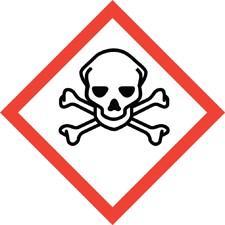Chemical Hazards
Chemical Hazards are communicated in three ways: The label, hazard pictograms, and safety data sheets.
Safety Data Sheet (SDS)
A Safety Data Sheet (SDS) is a document that provides health and safety information about products, substances or chemicals that are classified as hazardous substances or dangerous goods.
For more detailed information on SDS’s see Safety Data Sheets (SDS).
Hazard Communication Label
OSHA has updated the requirements for labeling of hazardous chemicals under its Hazard Communication Standard (HCS). All labels are required to have pictograms, a signal word, hazard and precautionary statements, the product identifier, and supplier identification. A sample revised HCS label, identifying the required label elements, is shown on the right. Supplemental information can also be provided on the label as needed.
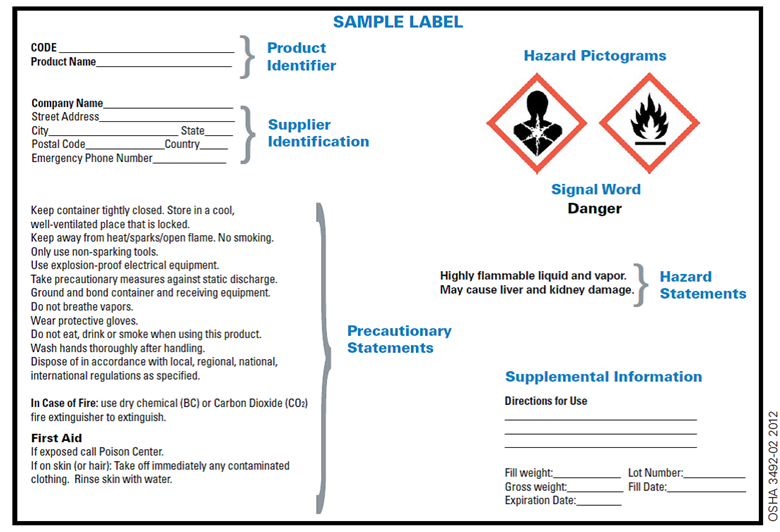
Hazard Communication Standard Pictogram
As of June 1, 2015, the Hazard Communication Standard (HCS) will require pictograms on labels to alert users of the chemical hazards to which they may be exposed. Each pictogram consists of a symbol on a white background framed within a red border and represents a distinct hazard(s). The pictogram on the label is determined by the chemical hazard classification. Chemical Hazards are the broadest category because everything is made up of chemicals and every chemical is toxic if you are exposed to a high enough dose. In most cases a chemical is considered to be generally safe because the amount required to cause harm to someone is in the pint or pound range. Hazardous Chemicals are divided broadly into twenty-nine hazard classifications (17 physical hazards, 10 health hazards, & 2 environmental hazards) that are grouped into the following nine hazard categories:
HCS Pictograms and Hazards
|
Health Hazard
|
Flame
|
Exclamation Mark
|
|
Gas Cylinder
|
Corrosion
|
Exploding Bomb
|
|
Flame Over Circle
|
Environment (Non-Mandatory)
|
Skull and Crossbones
|

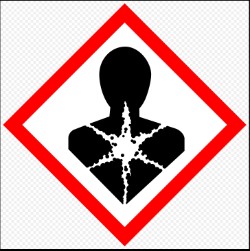
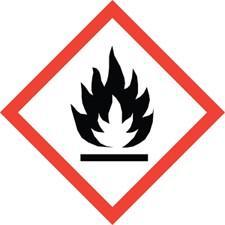
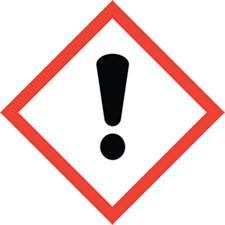
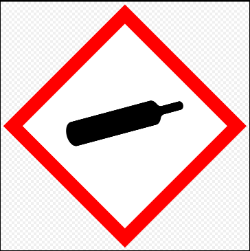
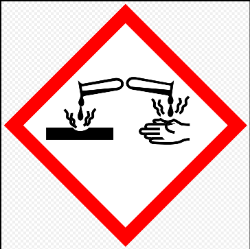
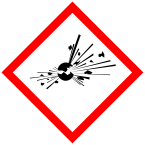
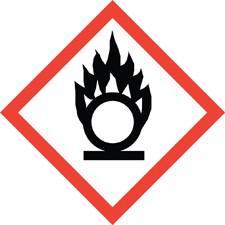
-225x225.jpg)
